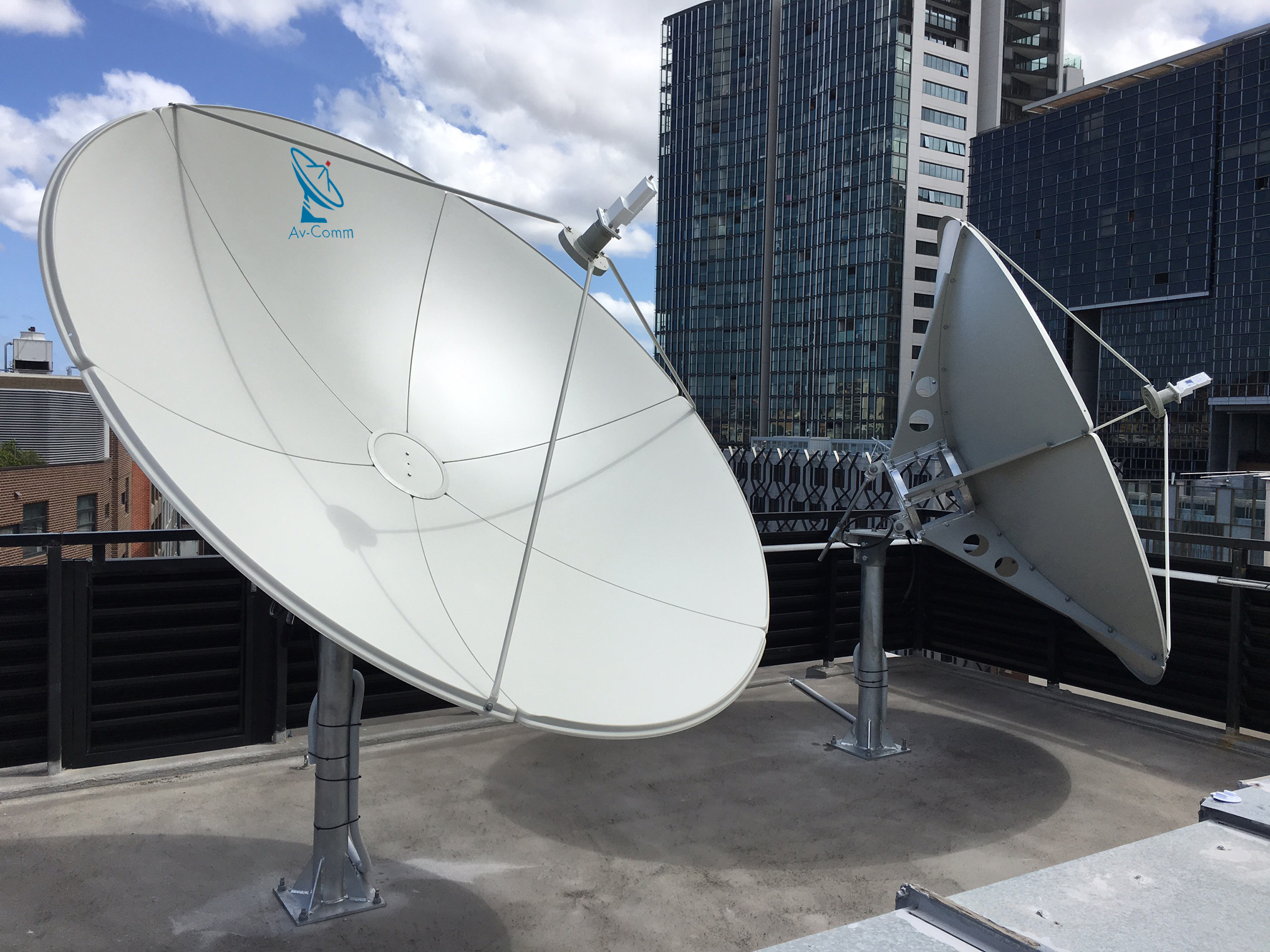CANON U.S.A.‘S COMPACT, COST-EFFECTIVE HDgc LENSES ARE A PERFECT FIT
LAKE SUCCESS, N.Y., January 7, 2008 - As the demand for HDTV program content continues to increase, production companies of all sizes are faced with the challenge of delivering the increased quality of high-definition, widescreen video at competitive rates. Washington DC-based Télécam Films, a full-service television and video production company, reports that it is meeting this challenge by outfitting each of its Sony XDCAM HD tapeless cameras with two of Canon U.S.A. Inc.‘s new cost-effective HDgc portable broadcast lenses. Télécam purchased two Canon U.S.A. KH16ex5.7 IRSE ENG/EFP HDgc zoom lenses and two Canon U.S.A. KH10ex3.6 IRSE wide-angle HDgc lenses. Both lens models include Canon U.S.A.‘s exclusive eDrive technologies, which provide features originally developed for Canon U.S.A.‘s higher-end portable HD lenses.
“We‘re typical of today‘s flourishing small production companies,” stated Télécam owner and founder Thierry Humeau. “We specialize in long-form programming and broadcast news but we also do a fair amount of corporate work. The versatility of HDgc lenses and Canon‘s Digital Drive feature give us full flexibility and allows us to adapt quickly to various production environments. Reliability is also an important factor when choosing our lenses. I do a lot of work overseas in some pretty harsh, dusty, and humid environments. The time and financial investment to put these projects together is costly, and I don‘t want my lenses to go bad, especially when I‘m in the middle of nowhere and cannot get the equipment serviced. That‘s my primary need: a lens that is solid and reliable. That‘s what I found with Canon.”
The KH16ex5.7 IRSE zoom lenses and KH10ex3.6 IRSE wide-angle lenses Télécam purchased for its Sony F350 XDCAM HD tapeless HD cameras provide production flexibility in achieving whatever shot an assignment may require. Humeau cited the recent shoot of an HD pilot on the famous chateaux of France as an example. “I had been concerned because when shooting a big castle from a wide focal length, sometimes you can have issues with the vertical lines bending over and causing the architecture to appear distorted,” Humeau noted. “That didn‘t happen because these Canon lenses showed little geometric distortion and helped capture the fine architecture details so well. While on location and during our screening session, I kept reminding my producers that high picture quality was not only the result of shooting in HD but also to the investment we made in good glass.”
“Canon developed its line of 15 cost-effective portable HDgc lenses to support the emergence of an entirely new class of affordable HD acquisition systems introduced by all of the world‘s major professional camera manufacturers,” explained Gordon Tubbs, director, Broadcast and Communications division, Canon U.S.A., Inc. “There are three tiers of lenses in the HDgc lens line: the higher-end eDrive Series, the middle-range Economical Series, and the basic Remote-Control Series. Many of the best optical features and digital operational tools of Canon‘s acclaimed HDxs portable lenses are included in the HDgc product line. All were designed for compactness and low weight in direct response to the new generation of equally compact tapeless HD camcorders and remote-control cameras. There are HDgc lens models for all leading camera-imager sizes: 2/3-inch, 1/2-inch, and 1/3-inch.”
The Canon U.S.A. KH16ex5.7 IRSE and the Canon U.S.A. KH10ex3.6 IRSE lenses are both designed for cameras with 1/2-inch imagers. Both feature a built-in 2x extender and Canon‘s digital eDrive feature, which enables users to easily program nine different functions - including zoom, focus, and iris settings - into the lenses for precise, automated repeatability if desired. These eDrive Series HDgc lenses can also be operated manually and feature Canon U.S.A.‘s advanced ergonomic hand-grip design for maximum operator convenience.
“I like to work with manual movements - quick zooms, rack focus - and that‘s why I‘ve been using Canon all my life,” Humeau declared. “I‘ve tried different brands, but especially on the focus issue, I just feel these lenses are more precise, more comfortable in handling. The operation of the lenses - especially the feel and smoothness of the focus ring and iris - are all solid and responsive.”
Going forward, Humeau plans to use his Canon U.S.A. HDgc lenses extensively, as approximately 80 percent of his work is now in HD. “When we decided to upgrade, our goal was to provide quality HD programming at more competitive rates,” Humeau explained. “Canon‘s cost-effective HDgc lenses have allowed us to do this without compromising our quality standards. When shooting at 1080 lines of resolution, HD has more than four times the amount of pixels of standard definition. Every detail, but also every imperfection, becomes visible in the pictures, and the focus and resolution become critical. In that regard, the results we are seeing when using HDgc lenses have far exceeded our expectations.”
The professional video industry's #1 source for news, trends and product and tech information. Sign up below.
About Canon U.S.A., Inc.
Canon U.S.A., Inc. delivers consumer, business-to-business, and industrial imaging solutions. Its parent company, Canon Inc. (NYSE:CAJ), a top patent holder of technology, ranking third overall in the U.S. in 2006’, with global revenues of $34.9 billion, is listed as one of Fortune‘s Most Admired Companies in America and is on the 2006 BusinessWeek list of “Top 100 Brands.” To keep apprised of the latest news from Canon U.S.A., sign up for the Company's RSS news feed by visiting www.usa.canon.com/pressroom.
###
All referenced product names, and other marks, are trademarks of their respective owners.
Specifications and availability are subject to change without notice.
’IFI Patent Intelligence, January 11, 2007
